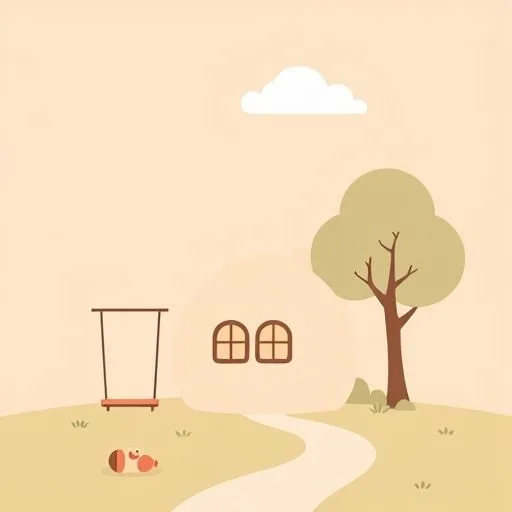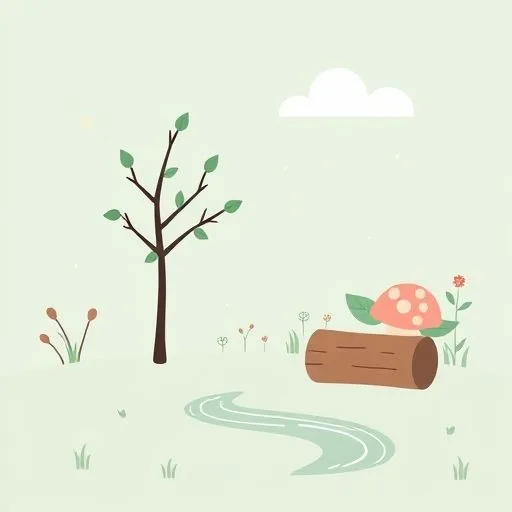
The house stills when the day’s chaos finally winds down. We’ve all seen it—those little hands that build our world, those quiet moments when they’re figuring out life through their first friendships and small frustrations. It’s here, in the quiet between the chaos, that we build the strongest bridges. We’ve seen the puzzles they face—the spilled juice box before a friend’s visit, the hesitation before reaching for the monkey bars—and how we respond becomes the blueprint for their approach to life.
The Gentle Art of Untangling Life’s Knots

Most parents have witnessed that moment—the child facing a new challenge, their breath catching in the quiet before the storm. We’ve all reached for that instinct to solve it, to fix it quickly. But what if we gave them just a moment longer? What if we sat with them in that quiet space, not providing answers, but asking questions so gently they might think they’re their own thoughts?
‘What would happen if you tried this?’ I’ve watched you, in those moments—your hands holding still, your voice soft as a shared secret, your eyes telling them the answer is already inside their precious mind. The way you guide them through frustration—not removing it—teaches the resilience we all need. We’re not just raising children who can solve problems, but humans who can pause, understand, and choose their own path forward.
And those little moments of decision? They’re everywhere. Choosing which fruit to add to their lunchbox, deciding which park path to explore. The way you’ve learned to trust their choices—even when you know they’ll pick the wrong socks—those small moments of independence become the building blocks of confidence. We’ve seen the way their shoulders straighten when we say, ‘You decide this one.’ That quiet confidence grows like a sturdy tree, roots deep in respect and trust.
The way you lower your body to their level—not just physically, but emotionally—creates this safe space where they can open up.
The Secret Language of Listening

Listening is the hidden language we all need to learn. When worries come to them—the friendship fears, the school worries—we all know the instinct to rush in with solutions. Yet, watching you, I’ve learned something profound. The way you lower your body to their level—not just physically, but emotionally—the way you nod and say ‘Tell me more’—it creates this safe space where they can open up.
It’s in those undefined moments that we teach them what matters most—that their voice matters, their feelings are real, even when they’re messy. The fears we might dismiss as small—they’re real to them. And in acknowledging them, we’re not just validating their feelings—we’re teaching them empathy for the world.
Encourage, nurture, protect—these words take on new meaning when you see them in action. When your child describes a new dream—the astronaut, the guitar teacher, the dinosaur trainer—you’re not just humoring. ‘That’s incredible—how will you practice?’ you might ask. You’re not dimming the spark; you’re helping them light the path.
The way you connect their big dreams to real life—’So you’re learning to be persistent—just like how we keep practicing bike riding?’—it gives them a map to tackle life’s challenges. It’s in those everyday moments that they learn to believe in the boundless possibilities of their own life.
According to Joblo’s 2025 article on hidden details, these small moments create the foundation for lifelong resilience and creativity.
